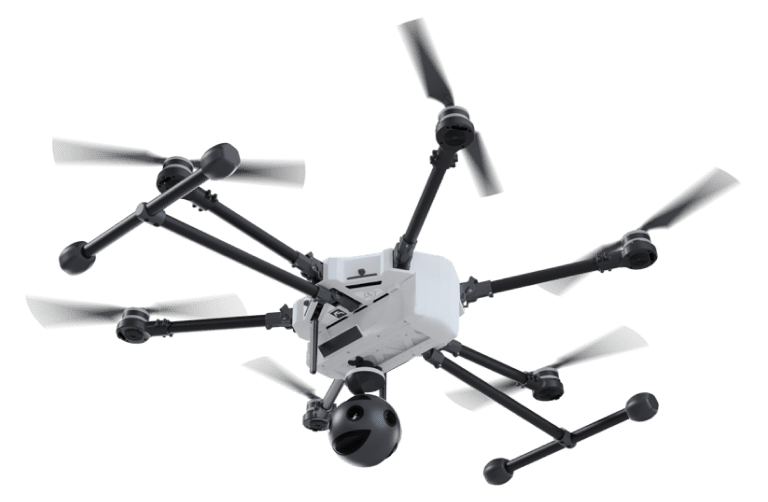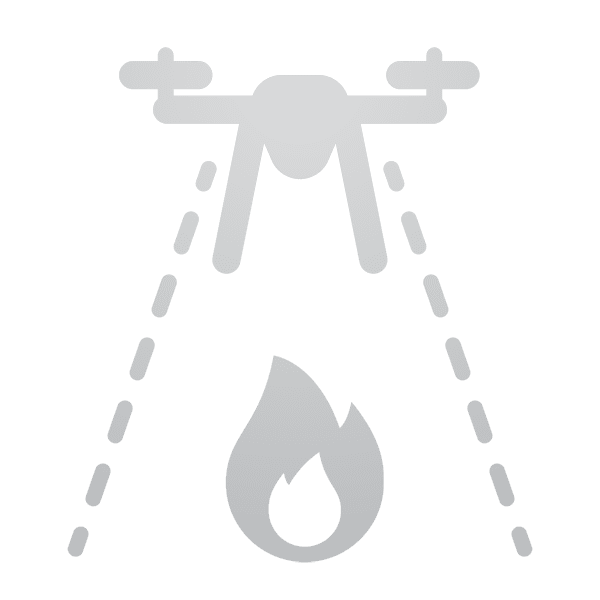Profundizar en el reto: ¿por qué es tan importante evitar las colisiones?
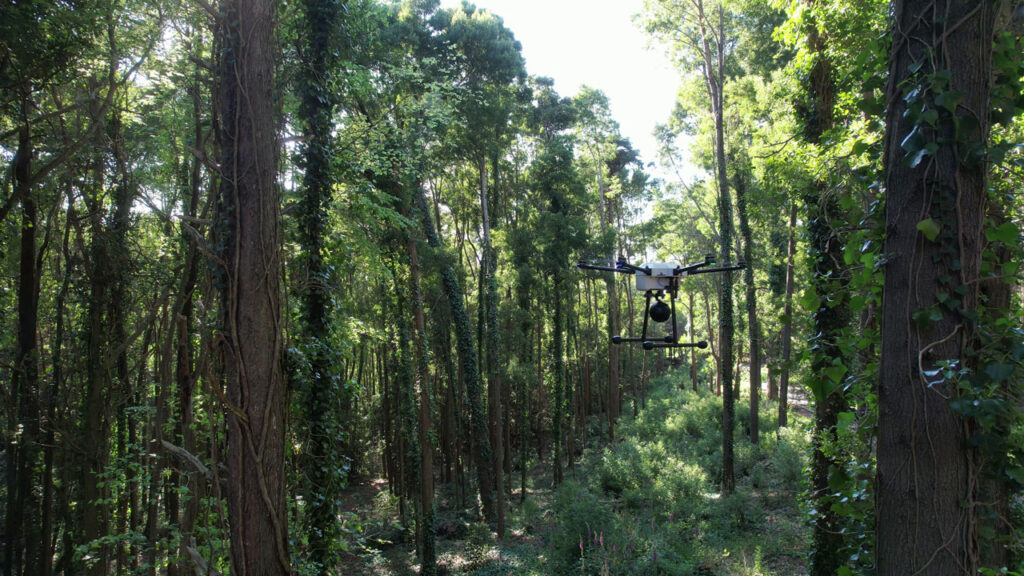
Medidas actuales para hacer frente a los riesgos de colisión
Retos de las medidas actuales
- Precisión del sensor - La eficacia de los sistemas anticolisión depende en gran medida de la precisión y fiabilidad de los sensores de a bordo. Sin embargo, las variaciones en la calidad y el rendimiento de los sensores pueden provocar discrepancias a la hora de detectar y responder a los obstáculos con precisión.
- Errores humanos - A pesar de los avances en automatización, los operadores humanos siguen desempeñando un papel crucial en las operaciones de los UAV. Los errores de pilotaje, como calcular mal las distancias o no reaccionar con prontitud a las advertencias, pueden contribuir a los incidentes de colisión.
- Lagunas normativas - El marco normativo que regula las operaciones de los vehículos aéreos no tripulados evoluciona continuamente, pero aún puede contener lagunas o ambigüedades. Estas lagunas pueden dificultar la aplicación uniforme de las normas de seguridad en distintas jurisdicciones y contextos operativos.
Algoritmo anticolisión
En medio de estos retos, nuestra investigación sugiere una solución para transformar la evitación de colisiones en los UAV. El núcleo de nuestra innovación radica el Algoritmo de Evitación de Colisiones, una sofisticada fusión de componentes de Redes Neuronales (NNP). Este avanzado algoritmo incorpora elementos de Redes Neuronales Convolucionales (CNN), Redes Neuronales Recursivas (RNN) y Redes Neuronales Feed-forward (FNN) para permitir una rápida detección y respuesta a los obstáculos dinámicos encontrados durante el vuelo.
Utilización del algoritmo de estimación de la trayectoria del objeto (OTE)
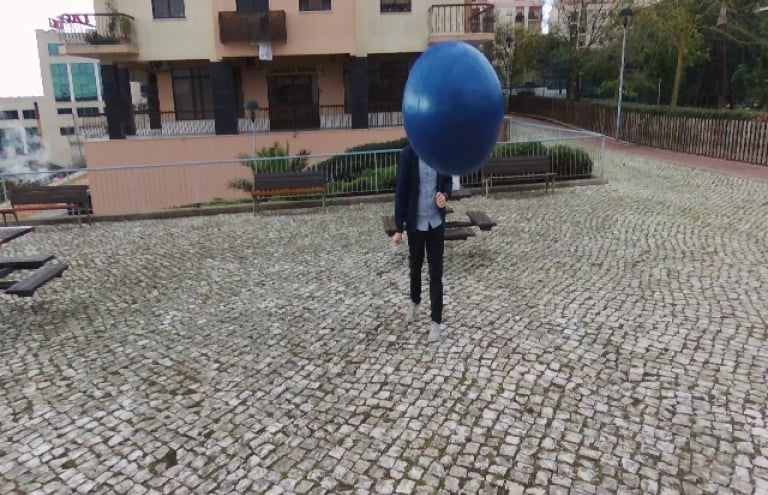
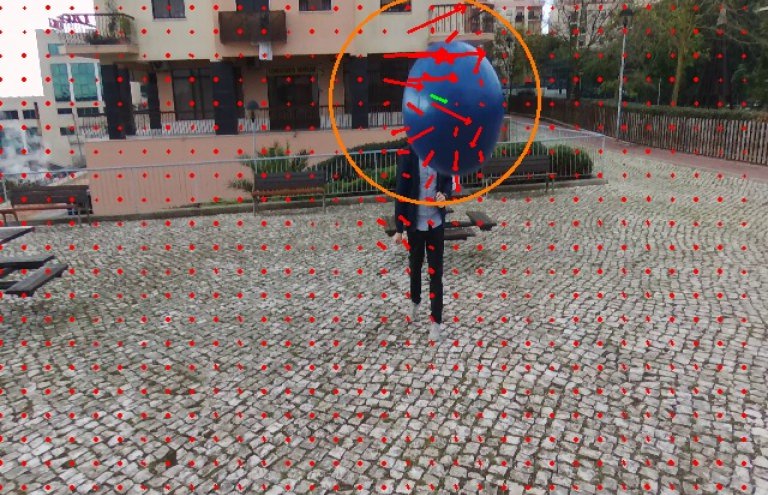
Avances del algoritmo anticolisión y del algoritmo OTE
- Capacidades de detección mejoradas - El algoritmo de evitación de colisiones aprovecha una sofisticada fusión de componentes de redes neuronales, como las redes neuronales convolucionales (CNN), las redes neuronales recursivas (RNN) y las redes neuronales feed-forward (FNN). Esta integración permite al UAV percibir e interpretar su entorno con mayor precisión, mejorando su capacidad para detectar y clasificar posibles peligros de colisión en tiempo real.
- Mecanismos dinámicos de respuesta - Más allá de la mera detección, el algoritmo facilita respuestas rápidas y adaptativas a los obstáculos dinámicos encontrados durante el vuelo. Al analizar continuamente los datos de entrada y predecir las trayectorias futuras, el UAV puede maniobrar proactivamente para evitar colisiones, incluso en entornos complejos y rápidamente cambiantes.
- Precisión mediante el análisis de flujo óptico - La asociación con el algoritmo OTE aumenta aún más las capacidades para evitar colisiones al aprovechar el análisis de flujo óptico. Esta técnica permite al UAV estimar con mayor precisión el movimiento de los objetos cercanos, lo que mejora la precisión de la predicción de la trayectoria y la evaluación del riesgo de colisión.
- Generación exhaustiva de conjuntos de datos - La colaboración con el algoritmo OTE también contribuye a la generación de un amplio conjunto de datos que abarca diversos escenarios de colisión. Este conjunto de datos sirve como valiosos datos de entrenamiento para perfeccionar y optimizar el algoritmo de evitación de colisiones, fomentando la mejora continua de la tecnología de seguridad de los UAV.
Resumen
Puntos clave
-
Importancia de evitar las colisiones
- Crucial para una integración perfecta de los drones en los paisajes urbanos.
- Minimiza los riesgos y garantiza la eficacia de las operaciones. -
Desafíos
- Los objetos en movimiento, como otros UAV, los escombros y las aves, suponen obstáculos importantes.
- Es necesario detectar y reaccionar con rapidez para evitar las colisiones con eficacia. -
Medidas actuales
- Se han aplicado soluciones tecnológicas y medidas reglamentarias.
- Existen limitaciones debidas a factores como la precisión de los sensores, los errores humanos y las lagunas normativas. -
Introducción de nuevos riesgos
- Tecnologías emergentes como los drones autónomos y los vehículos de movilidad aérea urbana complican la gestión del espacio aéreo y la evitación de colisiones. -
Algoritmo anticolisión
- Utiliza una fusión de componentes de redes neuronales (NNP), incluidas CNN, RNN y FNN.
- Permite detectar y reaccionar ante obstáculos dinámicos durante el vuelo. -
Algoritmo de estimación de la trayectoria del objeto (OTE)
- Se asocia con el algoritmo OTE que utiliza el análisis de flujo óptico.
- Mejora la precisión en la evitación de colisiones y contribuye a generar un amplio conjunto de datos para futuras investigaciones.
Preguntas relacionadas
Aunque han progresado, factores como la precisión de los sensores, los errores humanos y las lagunas normativas socavan su eficacia, lo que pone de relieve la necesidad de una mejora continua.
El algoritmo incorpora elementos CNN, RNN y FNN dentro de un conducto de red neuronal para detectar y responder a los obstáculos dinámicos encontrados durante el vuelo.
